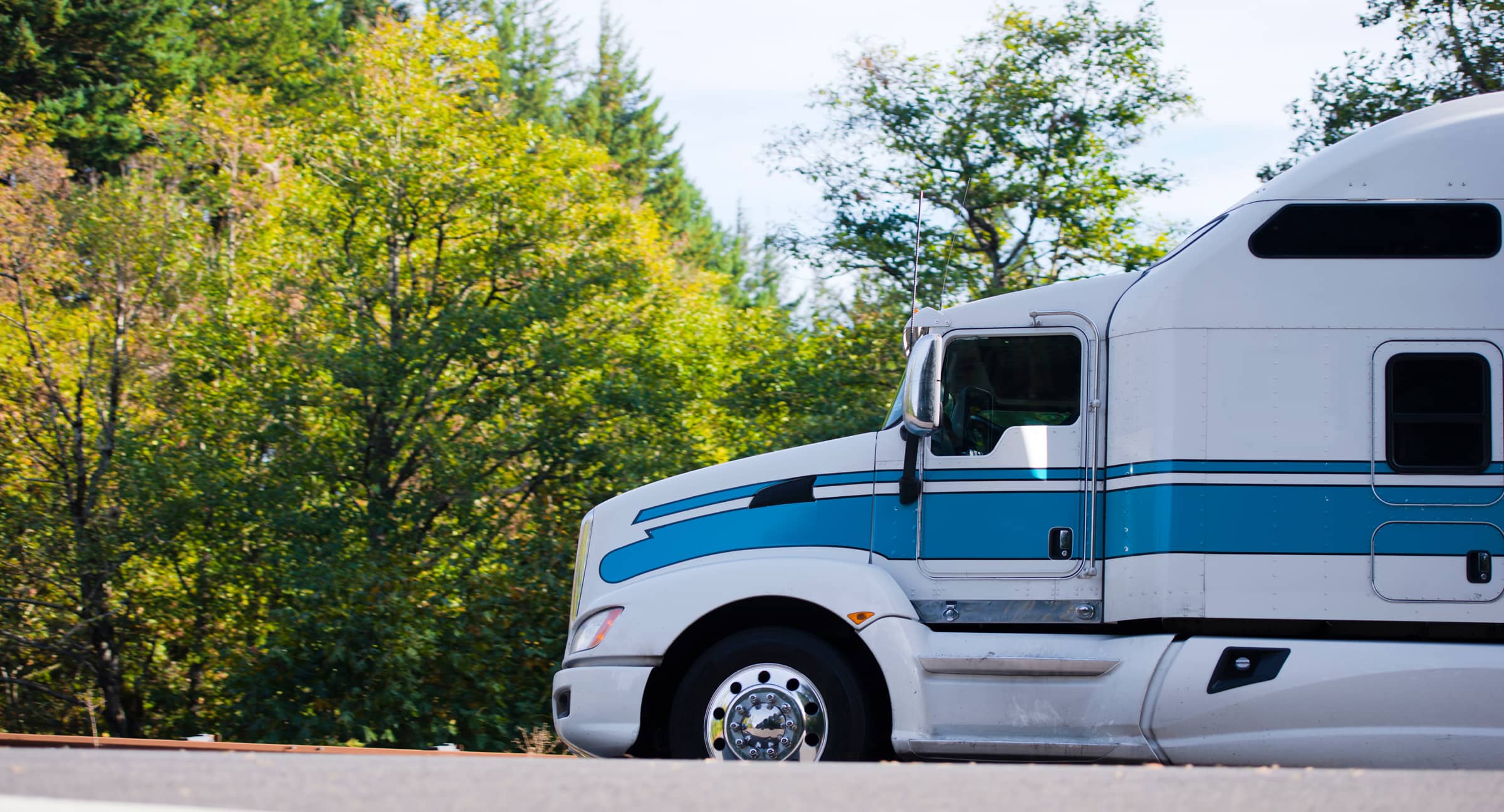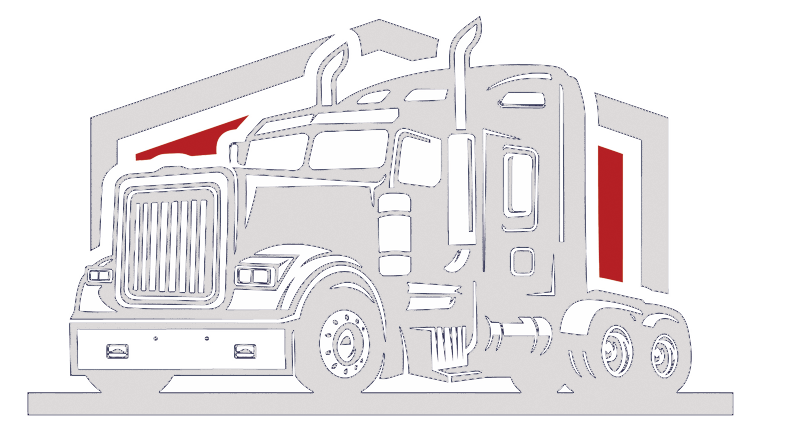
Unlocking the Potential of Sleeper Trucks: Exploring the Benefits of Investing in a Long-Distance Hauling Solution
Sleepers: they are the juggernauts of the highway. Sleeper trucks have been a necessary part of long-haul trucking for decades, providing drivers the means to travel far and wide without sacrificing comfort or convenience. This article will provide an overview of sleeper trucks, discussing their history, features, and uses.
Sleeper trucks are semi-trucks with specialized cabins built onto them for sleeping purposes. They allow truck drivers to sleep in their vehicles while away from home on long hauls instead of having to stay in motels or other establishments. The first sleeper trucks were introduced in the 1940s to reduce fatigue among truck drivers. Since then, they have evolved into more comfortable and efficient designs that feature amenities such as air conditioning, microwaves, and refrigerators – allowing drivers to remain self-sufficient on the road.
The sleeper cabin is typically mounted behind the driver’s seat and can be accessed via a door on either side of the cab. Inside these custom-built cabins, you will find amenities such as beds, cabinets for storage space, lighting fixtures, air conditioning units, televisions, microwaves, refrigerators, and more – all designed with comfort in mind! Sleeper trucks also offer other benefits, such as improved fuel efficiency due to their streamlined design and reduced weight compared to traditional tractor-trailers.
About Sleeper Trucks
Sleeper trucks are essential to the transportation industry, providing drivers with a comfortable and safe place to rest between long hauls. These vehicles have become ubiquitous on highways across North America, allowing drivers to take as many breaks as they need without worrying about finding lodging in unfamiliar towns. This article examines sleeper trucks’ history and uses, highlighting their benefits and drawbacks.
The first sleeper truck was developed in the late 1940s by a man named Albert Bigelow, who wanted to create a vehicle that could provide a comfortable resting area for truckers while they made long trips. The idea quickly caught on, and soon these vehicles were being manufactured by several different companies. Today, most sleeper trucks are equipped with amenities such as beds, microwaves, refrigerators, televisions, showers, and even air conditioning. They allow truckers to stay connected with family members back home via WiFi or cellular networks while they work away from home. Additionally, many models come with customizations such as additional storage space so drivers can easily transport goods from one destination to another.
Sleeper trucks make long-distance travel much easier for truckers but also come with some drawbacks. For example, these vehicles tend to be expensive due to the cost of materials and installation of amenities like air conditioning systems or WiFi technology. In addition, some critics argue that these trucks create noise pollution due to their large size and engine noise while traveling down highways at high speeds. Despite this issue, sleeper trucks remain a vital part of the transportation industry due to their ability to make life more comfortable for those who spend long hours on the road.
What Is A Sleeper Truck?
Sleeper trucks are a type of commercial vehicle that combines the cab of a truck with a separate sleeping compartment. This additional space allows long-haul drivers to rest and sleep while on the road instead of having to stop at lodgings or spend money on hotel rooms. The sleeper truck provides a comfortable and secure area for drivers to take breaks during their journey.
The sleeping compartment is located behind the cab, and its size varies depending on the make and model of the truck. It is equipped with basic amenities such as lighting, air conditioning, bedding, storage space, and often a refrigerator or microwave oven. It is also designed to comply with safety regulations to ensure that drivers can rest safely while on long-distance trips.
Sleeper trucks are considered essential for long-distance transportation businesses since they allow drivers to reduce their fatigue levels and maximize productivity during lengthy trips. They also provide an affordable accommodation option compared to traditional hotels or motels. As such, they are becoming increasingly popular among those who regularly travel large distances in their line of work.
How Long Is A Semi Truck Sleeper?
There are estimated to be over 2.7 million semi trucks in the United States alone, many of which have sleeper compartments. Sleeper trucks are a type of semi truck that often have a separate sleeping area for the driver to rest and sleep while on long hauls. A common question regarding these trucks is how long the sleeper area typically is.
Sleeper truck compartments can range from 48 inches up to 78 inches in length, with an average size of about 60 inches. It is also important to note that some sleeper areas have bunk beds, so two people can sleep at once. This adds more space but reduces headroom and comfort due to the smaller size needed to fit both beds. In addition, some models also feature refrigerators, microwaves, and other amenities for added convenience during long trips.
Sleeper trucks provide an invaluable service for those who need to transport goods over long distances in a safe and timely manner. The size of the compartments allows drivers to remain comfortable and rested while hauling goods across the country or even internationally. Ultimately, finding the right size of sleeper truck compartment is vital if one wants to ensure they have enough room to rest comfortably while on their journey.
Features Of Sleeper Trucks
Sleeper trucks are a great solution for long-distance drivers who need to rest during their journey. According to the National Highway Traffic Safety Administration, over 80% of commercial drivers prefer sleeper trucks for their long-distance trips. This statistic highlights these vehicles’ popularity and importance for safe transport.
Sleeper trucks come with a range of features that make them ideal for long-distance journeys. These include comfortable sleeping spaces, ample storage space, and adjustable seating. Many models also come equipped with advanced safety features such as anti-lock brakes, lane departure warning systems, and blind spot monitoring. Additionally, some newer models are fitted with automated driving capabilities that can help reduce driver fatigue while on the road. All these features make sleeper trucks an attractive option for those who need to travel long distances in comfort and safety.
What Should I Consider When Purchasing A Sleeper Truck?
Sleeper trucks are the ideal way to transport goods and personnel over vast distances. It is important, however, that potential buyers keep certain considerations in mind when purchasing a sleeper truck. In this article, we will discuss what should be considered when acquiring a sleeper truck.
It may come as no surprise to hear that making the right choice when selecting a sleeper truck can be quite a daunting proposition. After all, there are many factors to take into account – from price to performance – and it can be difficult to know where to begin. Luckily, by taking into account the following five key points, buyers can make an informed decision:
- Cost: How much is this sleeper truck going to cost? Are there any hidden costs or fees involved?
- Maintenance: What kind of maintenance and repairs are required? Is it worth paying for extended warranties or other support services?
- Efficiency: How fuel-efficient is the vehicle? Is it worth investing in a more efficient model?
- Comfort: What level of comfort does the vehicle offer its occupants? Are there any additional features that could improve comfort levels further?
- Safety: What safety features does the vehicle have? Are there any additional safety options available for purchase?
When selecting a sleeper truck, buyers should also consider their own individual needs. For example, those who plan on using the vehicle for long-distance travel may want to opt for a model with an improved suspension system which can reduce fatigue during long trips. Furthermore, if budget allows, buyers may wish to explore options such as customized paint jobs or interior furnishings that can enhance both performance and aesthetic appeal.
In short, before buying a sleeper truck, buyers must evaluate all available options in terms of cost efficiency, maintenance requirements, comfort levels, and safety features in order to ensure they make an informed decision that meets their individual needs.
Maintenance Requirements For Sleeper Trucks
Owning a sleeper truck is a commitment, and maintenance requirements should be seriously considered prior to purchase. Like any vehicle, regular maintenance is essential to ensure it continues to run in peak condition; however, the cost of maintaining a sleeper truck may be higher due to its complexity. As a result, potential buyers should factor this into their purchasing decisions.
To provide clarity on the matter, here is an insightful list of upkeep requirements for owners of sleeper trucks:
- Regular checking of fluid levels and tire pressure.
- A comprehensive inspection of all components at least twice per year by qualified technicians.
- Replacement or repair of damaged parts as needed.
- Adherence to manufacturer-recommended service schedules.
Moreover, with any vehicle ownership comes the need for constant monitoring and care – such as regularly checking brakes, suspension systems, and fuel efficiency – as these are important elements in keeping the vehicle running smoothly and safely on the road. It is also recommended that owners consult an experienced technician if they have any doubts or questions about servicing their sleeper truck. By doing so, they can make informed decisions based on advice from knowledgeable professionals who understand the complexities associated with maintaining this kind of vehicle.
Safety Considerations With Sleeper Trucks
When operating sleeper trucks, safety must be a primary consideration. Sleeper trucks are large vehicles with considerable power; therefore, operators must take precautions to ensure the safety of both themselves and other motorists. Drivers should check that all systems are functioning correctly before beginning their journey including lights and brakes. They should also ensure that the truck is properly loaded and secure with cargo restraints.
In addition, drivers should maintain a safe speed while driving and be aware of any restrictions on the road they are traveling on. They should also be mindful of weather conditions such as fog or rain, as these can significantly reduce visibility. It is important to avoid distractions such as handheld devices when driving these vehicles since they can easily cause a serious accident due to their size and weight. By following these safety precautions, operators can help reduce the risk of accidents and ensure the safe operation of sleeper trucks.
Regulations Regarding Sleeper Trucks
When it comes to sleeper trucks, the regulations are practically endless! From fuel economy standards to driver requirements, there is no shortage of rules and regulations that must be followed. Not adhering to these regulations can lead to hefty fines and other consequences. It is absolutely essential for owners of sleeper trucks to stay abreast of all relevant laws and regulations.
The federal government sets the standards for minimum fuel economy, speed limits, maintenance requirements, hours-of-service rules, cargo securement standards, and more. At the state level, truck drivers must abide by additional regulations such as hazardous material transport requirements, size and weight restrictions, taxes on fuel, and registration fees for each vehicle. Furthermore, local governments can also enforce additional restrictions that might not be applicable in other areas.
Given the complexity of these laws and regulations pertaining to sleeper trucks, having a comprehensive knowledge base is critical for staying compliant. Additionally, having a reliable source of information on changes in the law can help ensure that laws are met without issue. Ultimately, it is up to each individual owner or driver of a sleeper truck to make sure they are aware of all the relevant laws in order to avoid any penalties or legal action.
Popular Brands Of Sleeper Trucks
Sleeper trucks are a type of commercial truck that is equipped with a sleeping compartment, allowing drivers to rest and sleep while on the road. Sleeper trucks are becoming increasingly popular with long-haul truckers as they provide a comfortable, secure place to rest during breaks in driving. Due to their popularity, many different brands now offer sleeper trucks.
Popular brands of sleeper trucks include Freightliner Trucks, Volvo Trucks, Kenworth Trucks, Peterbilt Motors Company, International Truck and Trailer Corporation, and Mack Trucks. Each company offers several models of sleeper trucks with various features designed for comfort and convenience. Features may include adjustable beds or recliners for resting, cooling systems or fans for temperature control, storage compartments for personal items or snacks, and soundproofing technology for improved privacy. Depending on the model chosen, additional amenities such as power outlets may also be available.
When shopping for a sleeper truck, it is important to consider the features offered by each brand to ensure that the model best suits one’s needs and preferences. There are many factors to consider, such as fuel efficiency ratings, safety ratings, maintenance costs, and warranties offered by each manufacturer, before making a final decision.
Sleeper Trucks: Conclusion
In closing, it is clear that sleeper trucks provide a convenient and cost-effective way to transport goods long distances. Sleeper trucks are available in a range of popular brands, such as Freightliner, Volvo, Kenworth, and Peterbilt. Each of these manufacturers offers different models with various features and design elements. By understanding the advantages and disadvantages of each brand, businesses can determine which type of sleeper truck best suits their needs.

